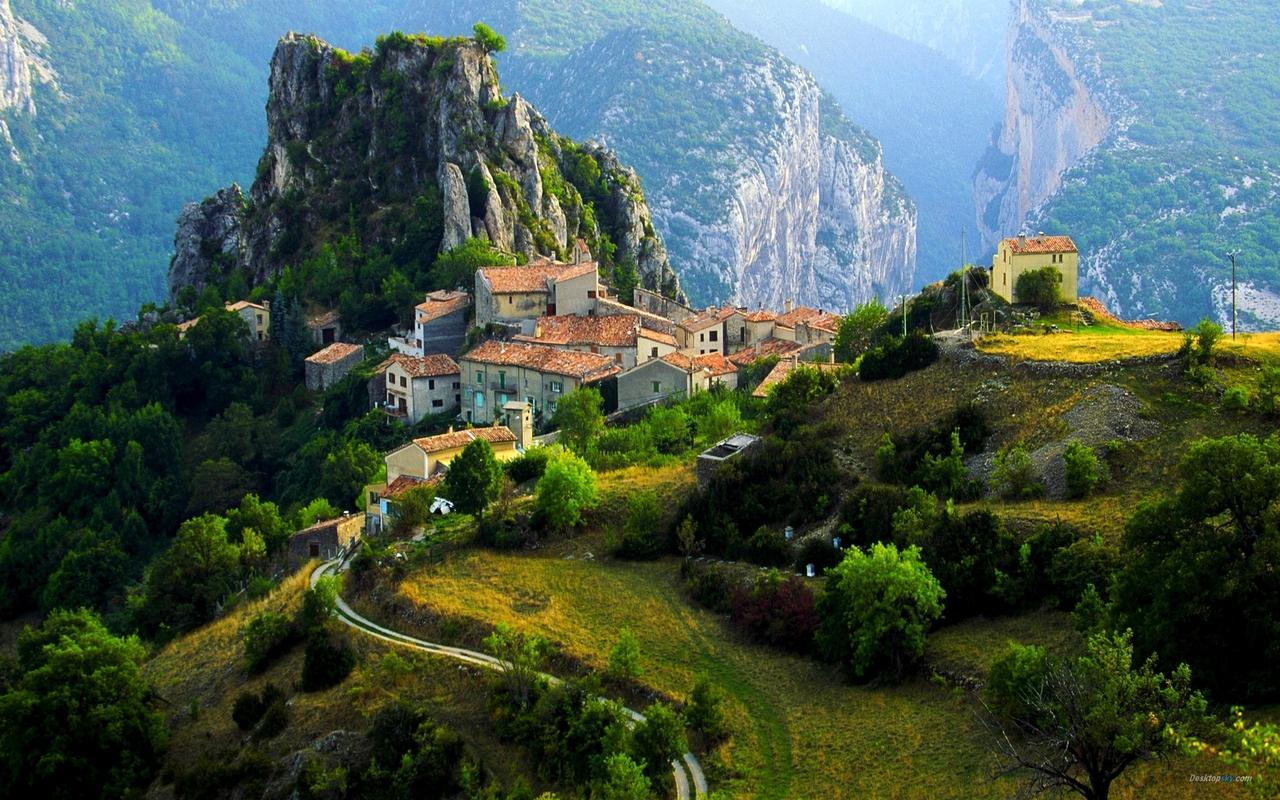Discovering the Harrowing Details of the Dust Bowl: A Comprehensive Guide to Dust Bowl Information
The Dust Bowl was a tragic period of American history that lasted from 1930 to 1940. It was a devastating environmental disaster that affected the Great Plains region of the United States, causing immense damage to agriculture and forcing millions of people to flee their homes.
This comprehensive guide aims to provide readers with a detailed understanding of the Dust Bowl, including its causes, effects, and the lessons we can learn from it today.
What Caused the Dust Bowl?
The Dust Bowl was primarily caused by a combination of drought and poor farming practices. Farmers had been clearing the land of natural grasses to plant wheat and other crops. This made the soil exposed, which increased soil erosion. When the drought hit, dust storms came in, worsening soil erosion further.
Additionally, the Great Depression played a significant role in Dust Bowl’s occurrence. Due to the economic condition of the 1930s, farmers expanded their land holdings to boost their income but this expansion made them susceptible to drought and other environmental hazards.
The Impact of the Dust Bowl
The Dust Bowl had far-reaching impacts on both the environment and society. The environmental impact was immense, and the event still remains as one of the largest environmental disasters to occur in the United States. The soil erosion, combined with the drought, caused extensive damage to crops and led to agricultural failure all over the Great Plains.
Millions of people were severely affected by the Dust Bowl. Farmers were hit particularly hard, with many losing their farms and becoming destitute. People were forced to leave their homes in search of work and reliable food sources. The migratory patterns that developed from this disaster largely contributed to the development of modern California.
Lessons from the Dust Bowl
The Dust Bowl serves as a lesson to us today of the importance of environmental conservation and responsible farming practices. The devastation caused by the Dust Bowl spurred the government and the public at large to take measures to prevent a recurrence.
Modern farming practices help to protect the soil from wind and water erosion. Government programs like the Conservation Reserve Program help protect sensitive lands. Watershed partnerships and more effective utilization of irrigation help protect water resources. All of which are methods put in place to avoid another Dust Bowl from happening.
Conclusion
The Dust Bowl was one of the biggest environmental disasters in the history of the United States. It caused immense damage to the economy, environment, and society, leading to significant social and political changes.
However, we can learn valuable lessons from the Dust Bowl, particularly with regards to the importance of responsible farming practices and environmental conservation. By implementing appropriate measures aimed at protecting the environment, we can ensure that such a catastrophic event will not happen again.
(Note: Do you have knowledge or insights to share? Unlock new opportunities and expand your reach by joining our authors team. Click Registration to join us and share your expertise with our readers.)
Speech tips:
Please note that any statements involving politics will not be approved.
